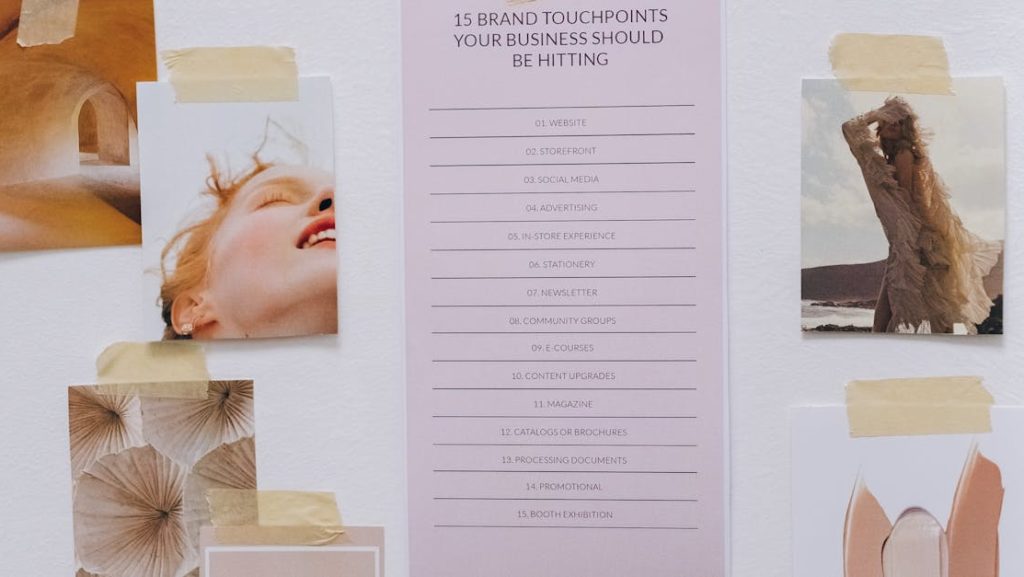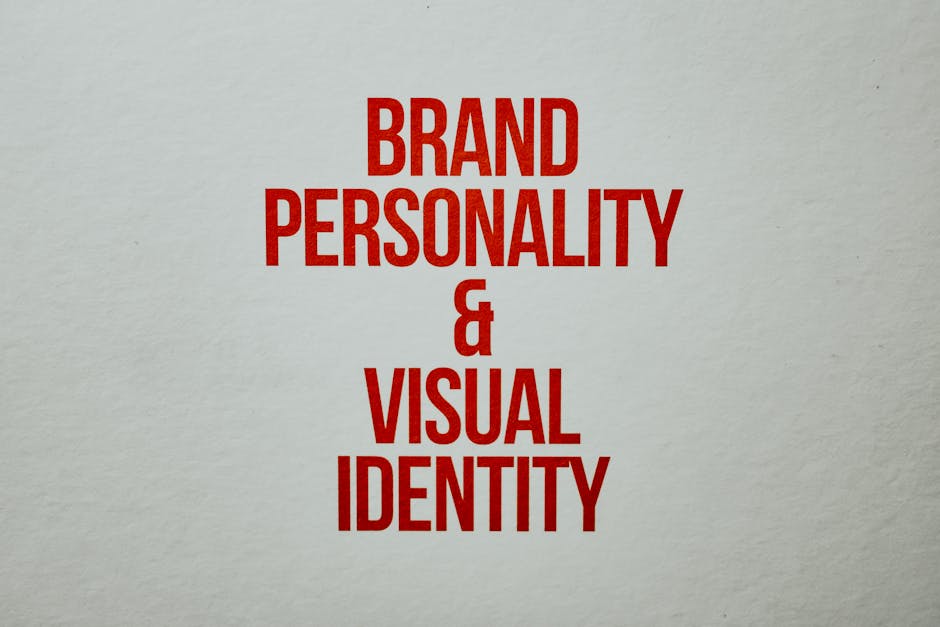
For anyone managing digital campaigns, maintaining a cohesive brand identity across multiple ad networks is one of the toughest—and most important—challenges we face. It’s not enough to craft a beautiful style guide and hope for the best. In our world of rapidly multiplying placements, ever-changing specifications, and multi-team collaboration, a static rulebook just can’t deliver the reliability or speed that agencies, marketers, and designers need. Let’s dig deep into how we can operationalize brand consistency, moving from a static style guide to a living system that truly safeguards our identity everywhere our ads appear.

Why Brand Consistency Breaks Down Across Ad Networks
We’ve all experienced it: an ad campaign launches and, despite the best intentions, the creative begins to drift. The logo falls off-center on a mobile banner, the headline font looks slightly different on a Facebook carousel, or the signature brand color looks dull on a native ad placement. Why does this happen—especially when everyone is supposedly following the same style guide?
- Manual asset adaptation: Most creative teams still manually resize or tweak assets for every new spec. This is not only time-intensive but also dramatically increases the risk of human error and inconsistencies.
- Outdated assets and versions: Without a central, version-controlled repository, teams sometimes grab an old logo file, the wrong color value, or an off-brand image.
- Lack of enforcement mechanisms: Style guides are often PDF documents or static wikis. Once someone begins designing, there’s little to stop rule deviations unless there’s a real system check-in place.
- Misaligned communication: Different platforms have unique requirements and—without careful control—each translation introduces the opportunity for small but compounding errors.
Transforming Your Style Guide Into an Operational Brand System
How do we move from a static guide to a dynamic, reliable system—the kind that can withstand real-world pressures and keep us locked on-brand regardless of scale? It all starts with intentional structure and smart technology decisions.

The Pillars of an Effective Brand System
- Centralized Brand Assets: We recommend a shared, permissioned digital asset library. Lock your logos, typography, and color palettes directly into your ad creation workflow so you know your ads always pull from the same approved files.
- Responsive Template Framework: By leveraging responsive ad templates, you protect all the hard design work. One design adapts to multiple placements—automatically preserving core identity elements even when specs change.
- Automated Version Control: Changes and updates are tracked so you know which asset or template is current (and can recover past versions if necessary).
- Adaptation Rules by Channel: Not every platform is the same. The system should allow for channel-specific guidelines (like alternate logo lockups for vertical banners or different copy for specific audiences) while guarding fundamental identity pillars.
- Integrated Workflow Automation: Make your approvals, reviews, and creative handoff stages seamless. With role-based permissions, nothing gets published without the right oversight.
Step-by-Step: Operationalizing Consistency in the Real World
1. Codify and Digitize Brand Identity
- Gather everything: color palette (with precise values), fonts, logo variations, iconography styles, and copy guidelines.
- Document do’s and don’ts—with clear, visual examples.
- Import these elements into your design tools or digital asset manager. With platforms like SizeIM, all your brand kit ingredients—colors, type, logos, everything—are embedded directly into your creative process.
2. Centralize Access and Control
No more emailing zip folders or searching through cloud drives for the “final_final_v2” logo. Instead, assign access levels to your brand assets. Make sure everyone works off the latest, approved version. Features such as expiry tagging and version rollback are invaluable here.
3. Deploy Responsive, Automated Templates
- Create master templates that lock brand-critical elements in place.
- Set up rules for what can be changed (such as campaign text or product shots) but ensure the essentials—colors, logos, type—remain fixed.
- Use automated resizing tools like SizeIM to instantly generate every IAB-standard size you need, eliminating the repetitive, error-prone manual work that usually causes inconsistency.
4. Build Process Guardrails and Automations
- Implement role-based workflows so only authorized team members can change specific brand assets or approve final versions.
- Set up pre-publish checks that flag any asset diverging from your guidelines.
- Monitor assets before they go live and automate reminders for campaigns that need mid-cycle refreshes or updates.
For practical workflow optimization tactics, you might find our review and approval process guide helpful in structuring these stages.
5. Ongoing Training, Feedback, and Iteration
- Offer onboarding resources and live training sessions for every stakeholder—designers, writers, and partners alike.
- Set up routine audits across all live placements, identifying and resolving consistency issues proactively.
- Continuously measure how well your brand consistency translates to performance (track CTR, conversion rates, and brand recall across networks). Tweak templates and asset libraries as your brand or channels evolve.
How an Operational Brand System Changes the Game
Let’s zoom out: with a true operational brand system, you’re not just enforcing brand rules. You’re empowering your team to move faster, scale wider, and focus more energy on creative strategy, not file management or repetitive resizing. Some of the practical benefits we see every day include:
- Speed: Design a single high-quality ad and instantly render it for every network—from Google Display to specialty placements—on-brand every time.
- Reliability: No more slack messages asking for an updated logo or worries about off-brand copy sneaking through. The system becomes your safety net.
- Scalability: Launch massive, multi-network campaigns without overwhelming the design team with manual adjustment requests or slowdowns.
- Creative freedom within guardrails: Let designers and marketers experiment where it makes sense, but always within the parameters that keep your brand trusted and recognizable.
Let’s Make This Actionable: Your Brand Consistency Checklist
- Have you digitized your brand guide and made it easily accessible?
- Is there a single asset library with permissioned access and version tracking?
- Are your templates responsive and brand elements locked in?
- Do you have workflow automations and clear approval processes in place?
- Are you regularly auditing live ads for cross-channel consistency?
If you want to dig deeper into the technical side of building these foundations, our blog on brand kits, tokens, and templates explains how to structure your system for automated, multi-size ad generation.
Bringing It All Together
Consistency in today’s performance-driven ad ecosystem isn’t just about enforcing the basics. It means enabling rapid production while defending your brand across hundreds of canvas sizes, campaign variations, and split-second deadlines. By investing up-front in a robust, operational brand system, you’re giving your team the power to do more—better and faster—without ever risking the subtle erosion of your core identity. In our experience, the result is not just easier day-to-day work, but also stronger recognition, greater trust, and measurable improvements in campaign performance.
Ready to See Unified Brand Consistency in Action?
As you look to operationalize your brand presence at scale, having the right technology makes all the difference. See how a responsive ad generation and brand management platform can instantly transform your workflow—no more manual resizing, no more inconsistencies, just automated control and creative freedom. Try SizeIM for free and experience what true, operational brand consistency feels like.
(function(){if(window.blogViewTracked)return;window.blogViewTracked=true;var blogId=10686;var xhr=new XMLHttpRequest();xhr.open(‘POST’,’https://sizeim.frizerly.com/api/trackBlogView’,true);xhr.setRequestHeader(‘Content-Type’,’application/json’);xhr.send(JSON.stringify({blogId:blogId}));})();
